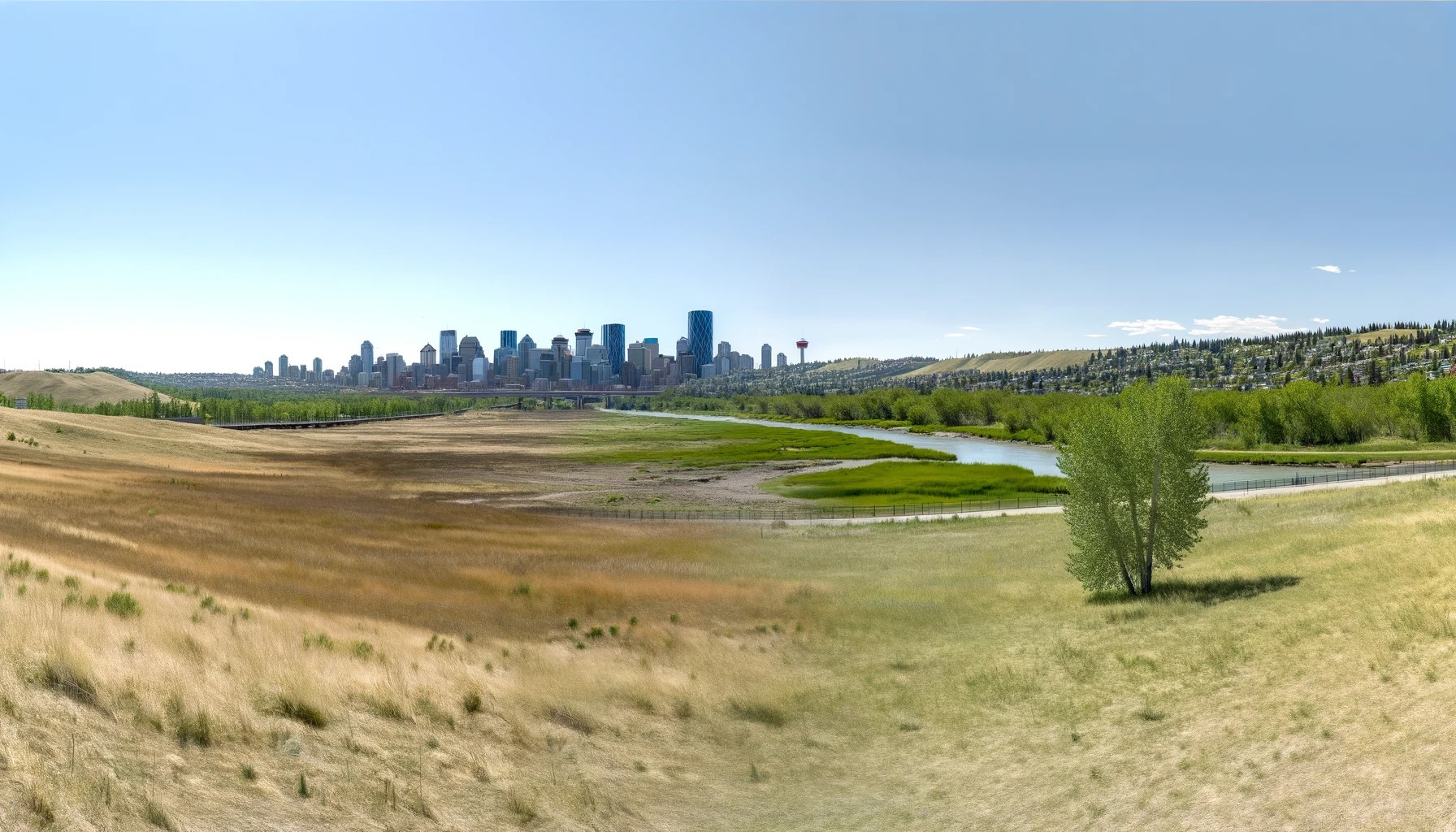Soils and water. This is the most important thing anyone could ever say about tree care, it’s about soils and their relationship to water. From the above paragraph, any tree that… well, you know. Water availability controls all aspects of a tree’s life and health. Ignore everything else, let it all go, but give a tree water and it smiles, then grins and belly laughs—thank you, thank you, thank you! For millions of years, no one pruned, fertilized, or injected; the rain fell, or it didn’t, and trees thrived or didn’t. But now we live in cities, in suburbia designed, formed, changed, and modified; the land, the soil profile in our city is like nothing in nature, and that’s bad.
Let’s step back a few years, before the city was here; it’s not that long ago. 1875 brings the mounties, 1883 brings the railway, and the 1930s and 40s bring heavy diesel equipment, bulldozers, scrapers, etc. Let’s say it is a summer morning in 1875, I stand on North Hill looking south and survey the landscape for many miles around. I am in a grassland, rough fescue, a few miles south of me I can see a green ribbon showing plainly where the river is, there are no other trees in sight. Like a picture of a historical home in Mount Royal I have seen, taken in 1911, it is a bit south, where 26th Avenue and 14th Street would end up being. Nothing in sight but the new home, no city, it’s in the valley, no neighbours, lots of grass and no trees, again not one. Calgary sits in an ancient grassland, the only trees, four salient natives—Rocky Mountain Douglas fir, white spruce, balsam poplar, and trembling aspen—are all hiding in the river valley, the bravest, the trembling aspen, grows on some hillsides, that’s it. A grassland, the NW corner of the great North American plains, and beneath that grass is some of the most fertile soil in the world. The breadbasket. This is the farmland that drew Easterners and immigrants from around the world to open up a new land to a farming life.
Let’s talk about that native soil, what it was, how much there was, and what it was made of. We need one more step back in time, to the end of the last ice age, approximately 20,000 years ago. By 16,000 most of the ice had melted, retreated north as another major climate change swept northward. Before that, earlier as the ice sheet advanced south, it operated like the greatest dredge and scrape operation imaginable, almost all life, down to bedrock, is scraped away by the mighty forward blade of the ice sheet, nothing but scraps of soil and some bacteria, microscopic in size, survive beneath. It is with the change and retreat of the ice 16,000 years ago that our story of Calgary soils can begin.


